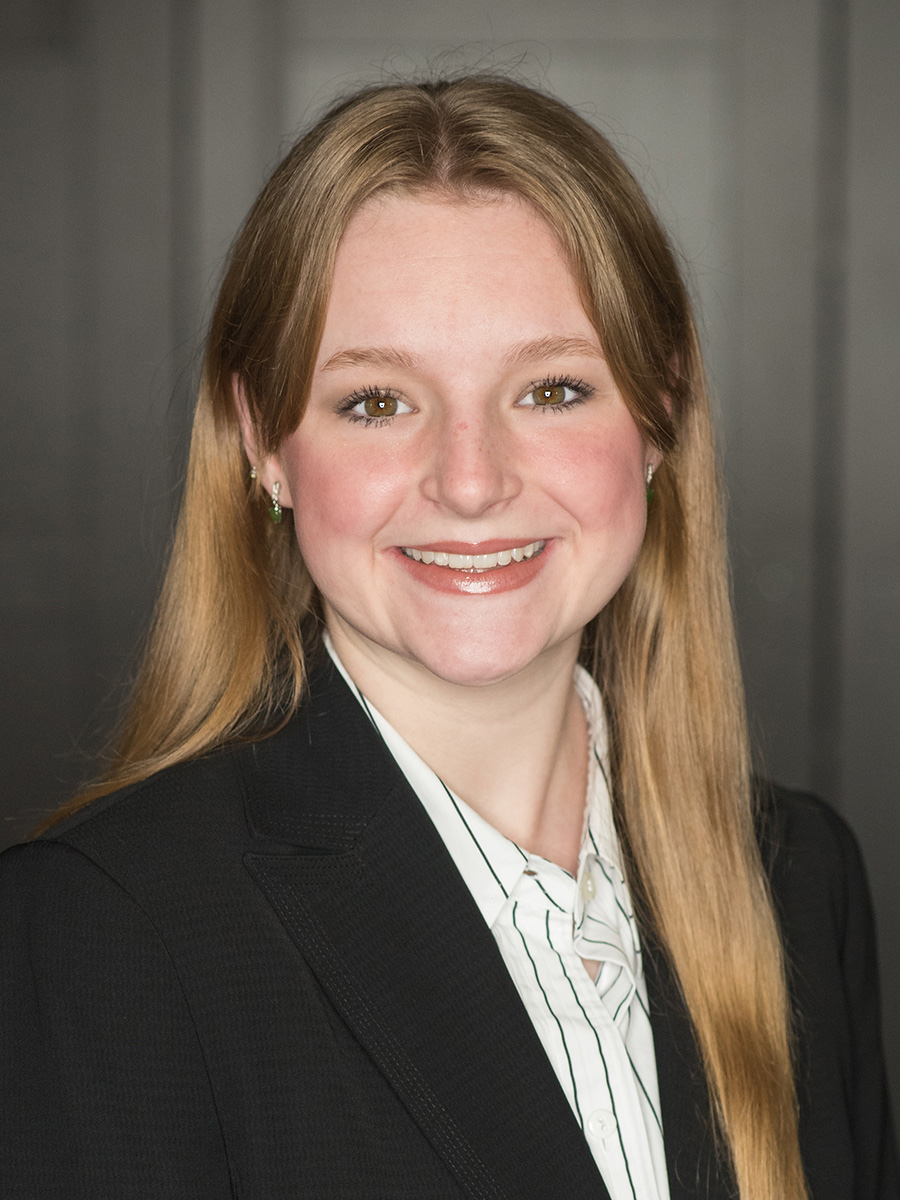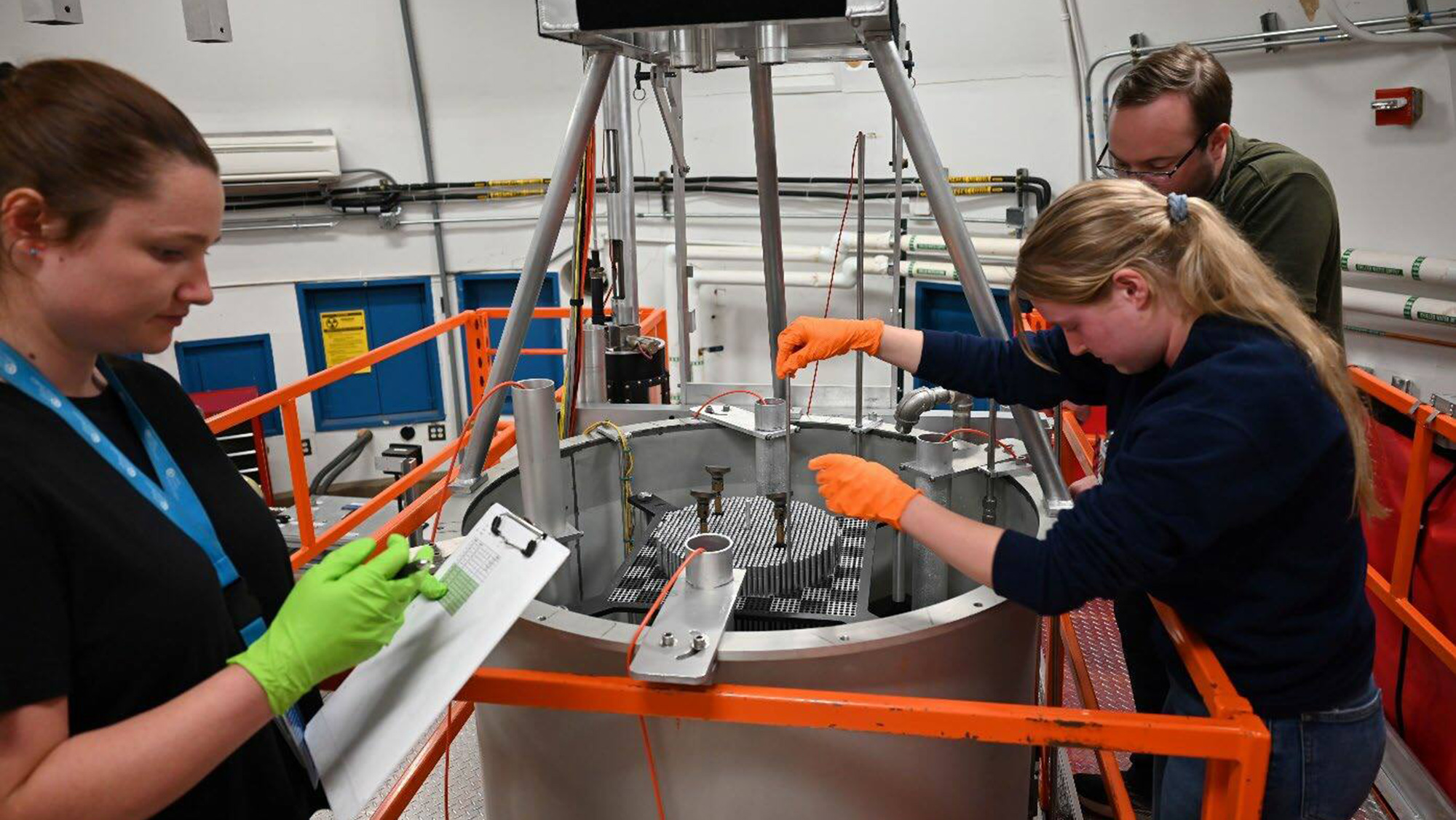
Most high school students have no idea where they want to work post-college, but Elisan Wagner is not most students. Early in high school, Wagner’s father handed her an article about Texas A&M’s partnership with Los Alamos National Laboratory, and a seed was planted.
Wagner was drawn to various scientific disciplines throughout her elementary, middle and high school education. She credits this to her father, who is a chemical engineer. She started sharing her dream of becoming an engineer with adults long before fully comprehending the profession.
“If you were good at math and science in school, teachers always said you’d make a good engineer one day,” she recalled.
But these childhood statements proved to be far more than a career placeholder.
An interest piqued
Wagner’s initial interest in nuclear science was piqued during a sophomore nuclear chemistry unit. She began researching nuclear engineering when she learned of Texas A&M’s connection to Los Alamos National Laboratory (LANL), the nation’s central research facility for nuclear research. The Texas A&M University System is one of Los Alamos Lab’s primary academic partners. Wagner was excited to learn about the high-level research collaboration between Texas A&M faculty and students and LANL.
However, Wagner stressed nothing was set in stone. She enjoyed her high school classes while also deciding where to attend college. Coming from a family of Aggies, choosing where to pursue her undergraduate degree was relatively easy. Once Wagner’s first year of college began, she was faced with deciding what engineering discipline to pursue.
“I kept coming back to nuclear engineering,” Wagner said. After careful consideration, she went with her gut and declared nuclear engineering her major.
A dive into nuclear engineering
Next to consider was what a career in nuclear engineering looks like. Wagner credits Texas A&M’s nuclear engineering department staff with guiding her as a student and future employee of a national lab. Professors provided mentorship and guidance, and the department offered hands-on job opportunities within Texas A&M. As one of the nation’s premier nuclear engineering academic research universities, Texas A&M has a functional nuclear reactor on campus. While working at the Nuclear Reactor Center, Wagner learned about a subset of engineering known as nuclear criticality safety engineering.
“We ensure through technical analysis and expertise that nuclear operations stay subcritical,” she said.
According to Wagner, nuclear criticality safety is concerned with the prevention of nuclear and radiation accidents. This crucial counteraction is accomplished through monitoring radiation levels and developing efficient methods to handle nuclear fuel. This might seem like a niche job, but Texas A&M encourages and prepares students to enter this field competitively. While employed at the university’s nuclear reactor, Wagner took the Nuclear Criticality Safety Program, a collaboration between Texas A&M and LANL.
“Working at the reactor and taking the safety course was so important in helping me decide what I wanted to do post-college,” she said.
The article Wagner’s father printed out years ago is still influencing her post-grad aspirations. Luckily, Texas A&M helped make this a reality. Recruiters from LANL often visit undergraduate students to discuss their jobs and encourage students to ask questions. Through these experiences during her junior and senior years, Wagner felt more confident about applying to become a nuclear criticality safety engineer at the lab.

A new journey
In the Spring 2023, Wagner graduated summa cum laude with a bachelor’s degree in nuclear engineering and excitement for her future as a LANL employee. However, her journey was far from over.
“I was nervous to move to a completely new state and start my job,” Wagner admitted.
With a mix of hesitancy but eagerness, she packed a U-Haul and drove to New Mexico. Thankfully, Wagner quickly found her job as a nuclear safety engineer in training to be a perfect fit.
“What I love most about my job is how I work with chemists, physicists and other lab employees,” she said. “We are the interphase between analyzing and carrying out the processes of the lab.”
Becoming fully certified will take her a few years, but she loves the journey. Her job as a LANL employee provides her with an excellent work-life balance and many promotional opportunities as she gains experience. She currently lives in Santa Fe, N.M., and uses the weekends to explore the national parks and trails nearby — a love of hers since childhood.
Advice for students
Wagner advises students interested in nuclear engineering to use the multitude of opportunities Texas A&M provides.
“Take the Nuclear Criticality Safety program, talk to recruiters and ask lots of questions,” she said. She also stressed the importance of networking with professors and future employers.
Fully leveraging the partnership between LANL and Texas A&M had a transformative impact on her life. She entered the workforce as a confident individual, knowing her employer valued her critical thinking skills and passion for math and science.
“Don’t be surprised if I show up to A&M as a Los Alamos Lab recruiter one day,” she said.